
My next blog (presented over the next three days) will be a little different than my usual articles. I know you check out my webpage each week to learn more about the Disney parks, past and present. But occasionally I need a little break from all the magic. Believe it or not, I do not live and breathe Disney 24/7 – only 23/7 – and the next several columns will be an accumulation of all those non-Disney hours that have been collecting over the months. But don’t despair; my topics will still be applicable to Walt Disney World – in fact Part Three will be very relevant.
Today I’m going to take a look at the history of the City of Orlando, something I suspect you know little to nothing about. I know I didn’t have a clue about The City Beautiful (the city’s nickname) until after I moved here. So I have decided to educate you, just in case you’re resolved to move to Central Florida sometime in the future (Part Two). You wouldn’t want to do what I did and put these important lessons off until the last minute.
Part Three will discuss getting a job at Walt Disney World.
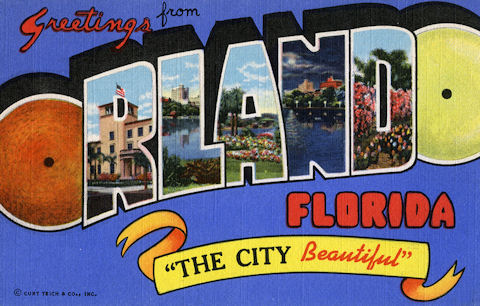
The area we know today as Orlando was sparsely populated by Creek and other Native American tribes prior to the arrival of Europeans. They lived a simple, uncomplicated life.
In the late 18th century, the Seminoles were forced to migrate to Northern Florida from the Carolinas and Georgia due to settler encroachment. However, this migration did not lesson hostilities between them and the U.S. Army and many of the tribe continued their move south to the Orlando area. To counter further hostilities and protect homesteaders in Central Florida, the army built Fort Gatlin in 1838. (The fort was located just south of what is now known as Downtown Orlando.) Battles continued but eventually the undefeated Seminoles accepted a treaty in 1842 that granted them land and promised peace.
In that same year, the Armed Occupation Act offered 160 acres to any pioneer willing to settle in the area, build a cabin, plant five acres, live there for five years, and help protect the land against the Seminoles. Lured by this offer, Aaron Jernigan and his family moved to the area and became the first permanent residents of a town that would eventually bear his name. The Jernigan Post Office was established eight years later on May 30th, 1850.
So how did the town of Jernigan come to be named Orlando?
Well, no one is really sure. There are four reasonable theories, but none concrete enough to win over all of the historians. What is known is that Jernigan became Orlando in 1857. This change was probably motivated when Aaron Jernigan was relieved of his military command by officials in 1856 due to notorious acts.
Orlando became the county seat of Orange County when Orange County was carved out of Mosquito County in 1845.
In 1860, Orlando was little more than a forgotten, rural community. Cotton and cattle were the area’s commodities and settlers were able to eke out a meager living. But when the American Civil War began in 1861, things changed for the worse. Many of the local men enlisted in the Confederate Army, slaves ran away, and the Union blockaded the state. Unable to get supplies and without able-bodied men to work the fields, the farms withered and died.
After the war, the cattle industry continued and thrived. Reconstruction brought many new residents to the area with the promise of fertile land and a warm climate. And the cotton fields were brought back to life with a new crop, citrus. The city was incorporated in 1875. Orlando was on its way.
In the years that followed, Orlando became the heart of Florida’s citrus industry. However, the Great Freeze (December 1894 and February 1895) decimated the crops. Up until this time, Florida was producing as much as 6 million boxes of fruit per year. After the Great Freeze, production dropped to a mere 100,000 boxes a year and did not reach the 1 million mark again until 1901. This calamity forced many of the smaller growers to sell their farms to a handful of better off farmers who later would be known as the “Citrus Barons.” In an effort to stave off future disasters, these “Barons” moved much of the industry to more southern and warmer counties.
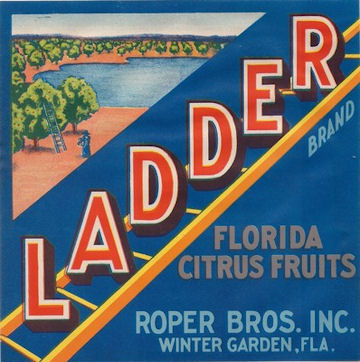
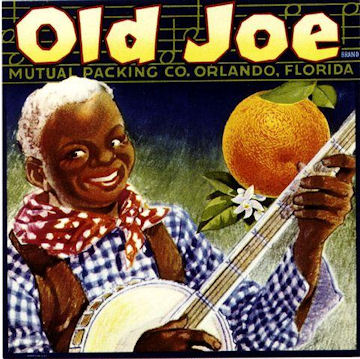
Orlando became a modest tourist destination in the years before World War I. In the early 1920’s, unscrupulous promoters touted Miami and the rest of Florida as a tropical paradise. People started snatching up land all over the state and prices began to skyrocket. Orlando saw some of this growth and several communities were built in the downtown area. However, the bubble burst and prices plummeted when new buyers became impossible to find. Several factors lead to this downturn. First, the land was overpriced and this eventually became apparent to everyone. Then, several hurricanes hit Florida in the late 1920’s, making northerners rethink a move to the state. And finally, the Great Depression was the ultimate insult.
The New Deal helped Florida and Orlando regain its economic footing with hundreds of public projects. One of the most important to Orlando was the resurfacing of the runways of the city’s municipal airport. With improved transportation options, the city advertised their community to the rest of the country with the hopes of luring others to move here. Here is the cover of a 20 page promotional booklet distributed to prospective residents.
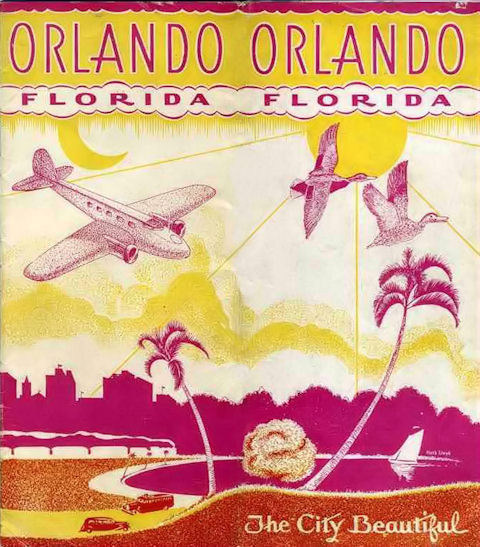
With the beginning of World War II, Orlando became home to an army base, training facilities, barracks, a military hospital, and airfields. This brought thousands of servicemen to the area, many who would later decide to make Orlando their home at the conclusion of the war. In 1950, the city had a population of almost 52,000.
In 1958, Orlando’s Pinecastle AFB was renamed McCoy Air Force Base after Colonel Michael N.W. McCoy. And in the 1960s, McCoy AFB became the home to the 306th Bombardment Wing of the Strategic Air Command (SAC).
Additional families moved to Orlando in 1956 when Martin Marietta (now Lockheed Martin) established a plant south of the city. This move was facilitated because of the burgeoning space program taking shape at nearby Cape Canaveral. This would be the beginning of Orlando becoming a strong contender in the aerospace and computer industry. Today, more than 20 nations have over 150 technology based facilities in the Metro Orlando area.
In 1962, a portion of McCoy AFB was turned into a civilian jetport to serve the city and the growing aerospace industry. By 1970, four major airlines (Delta Air Lines, National Airlines, Eastern Airlines and Southern Airways) were making scheduled flights to the McCoy Jetport – in preparation for the mouse that would forever change the region.
In 1975, McCoy AFB closed and its runways and adjacent lands became Orlando International Airport. Today, Orlando International Airport is the 13th busiest in the United States and the 29th busiest in the world. And if you’ve ever wondered why the international airport code for OIA is MCO, now you know. MCO stands for McCoy.
Of course the biggest influx of residents to the region followed Disney’s announcement in 1965 that they were going to build another Disneyland-type park and the City of Epcot south of Orlando. The Magic Kingdom opened six years later on October 1, 1971. Sea World would soon follow and opened its doors in 1973. Not to be left out, Universal Studios came to town in 1990.
However, the giants of the theme park world caused some casualties along the way. Many of the “mom & pop” attractions simply couldn’t compete with the big boys. Some of these are Cypress Gardens (now Legoland), Church Street Station, Boardwalk & Baseball, Brave Warrior Wax Museum, Circus World, Hooray For Hollywood Wax Museum, House of Mystery, King Henry’s Feast, Mystery Fun House, and Splendid China.
I read an article a few years ago that asserted that if Disney had not come to Orlando, the city would be comparable today to Ocala, another inland community 90 miles to the north. Although a prospering city, few outside of Florida have ever heard of Ocala. Yes, Orlando would have had the aerospace industry that Ocala lacks, but it would not have achieved a metropolitan population of over 2 million without Disney, followed by Sea World and Universal. It took Disney to bring the other, significant industries to the area and make Orlando a city known around the world.
Although Orlando today does have a varied economy, tourism is still the backbone of the area. Over 50 million people visited the Orlando area in 2011. Foreign visitors made up almost 4 million of these guests with the bulk of these coming from Canada, the United Kingdom, and Brazil. In the United States, Orlando is second only to Las Vegas in the number of hotel rooms, convention facilities, and convention events.
Well that’s it for the history of O-Town (another nickname for Orlando). Check back tomorrow when I’ll try to describe what to expect if you decide to move to The City Beautiful.

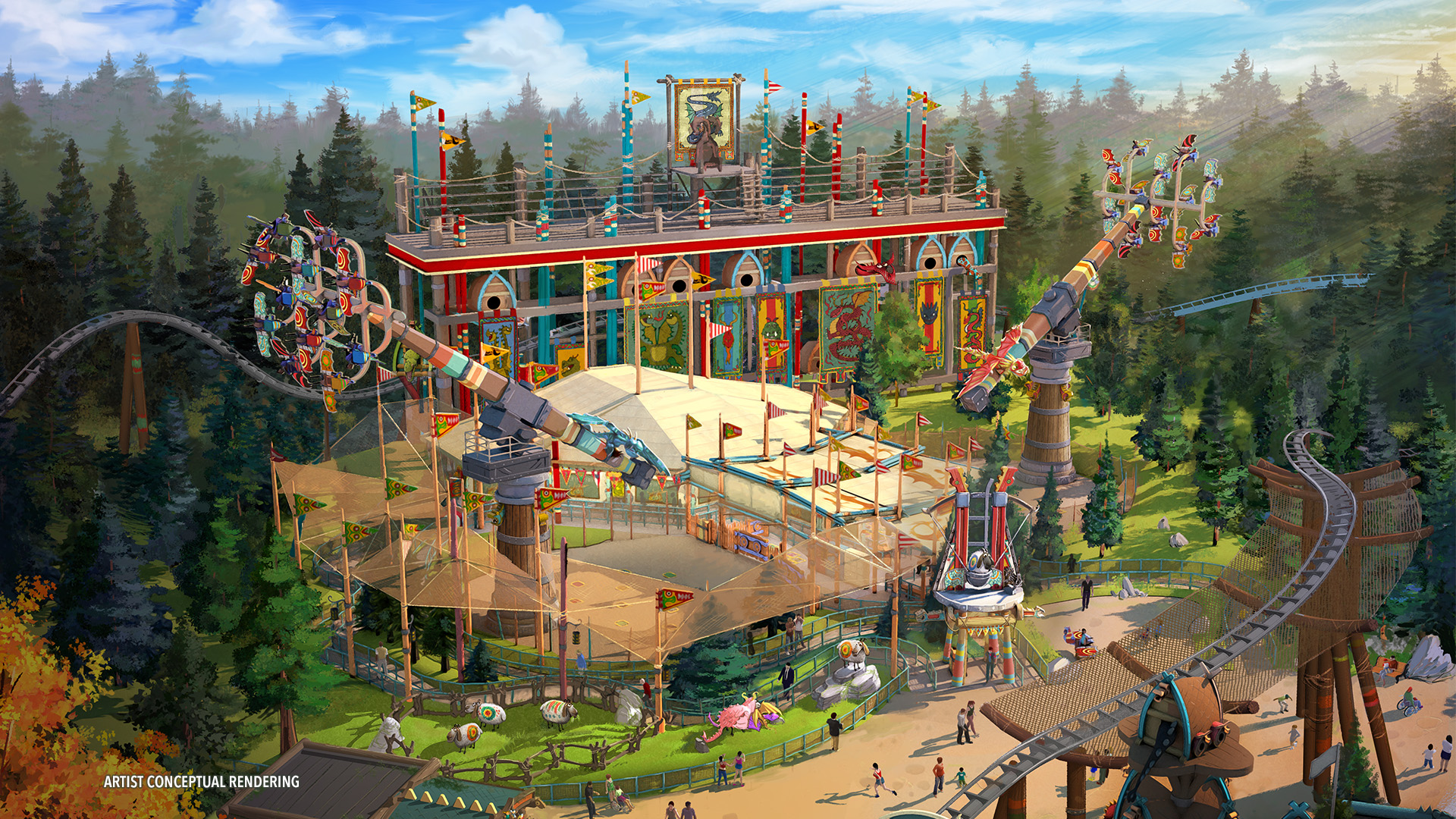
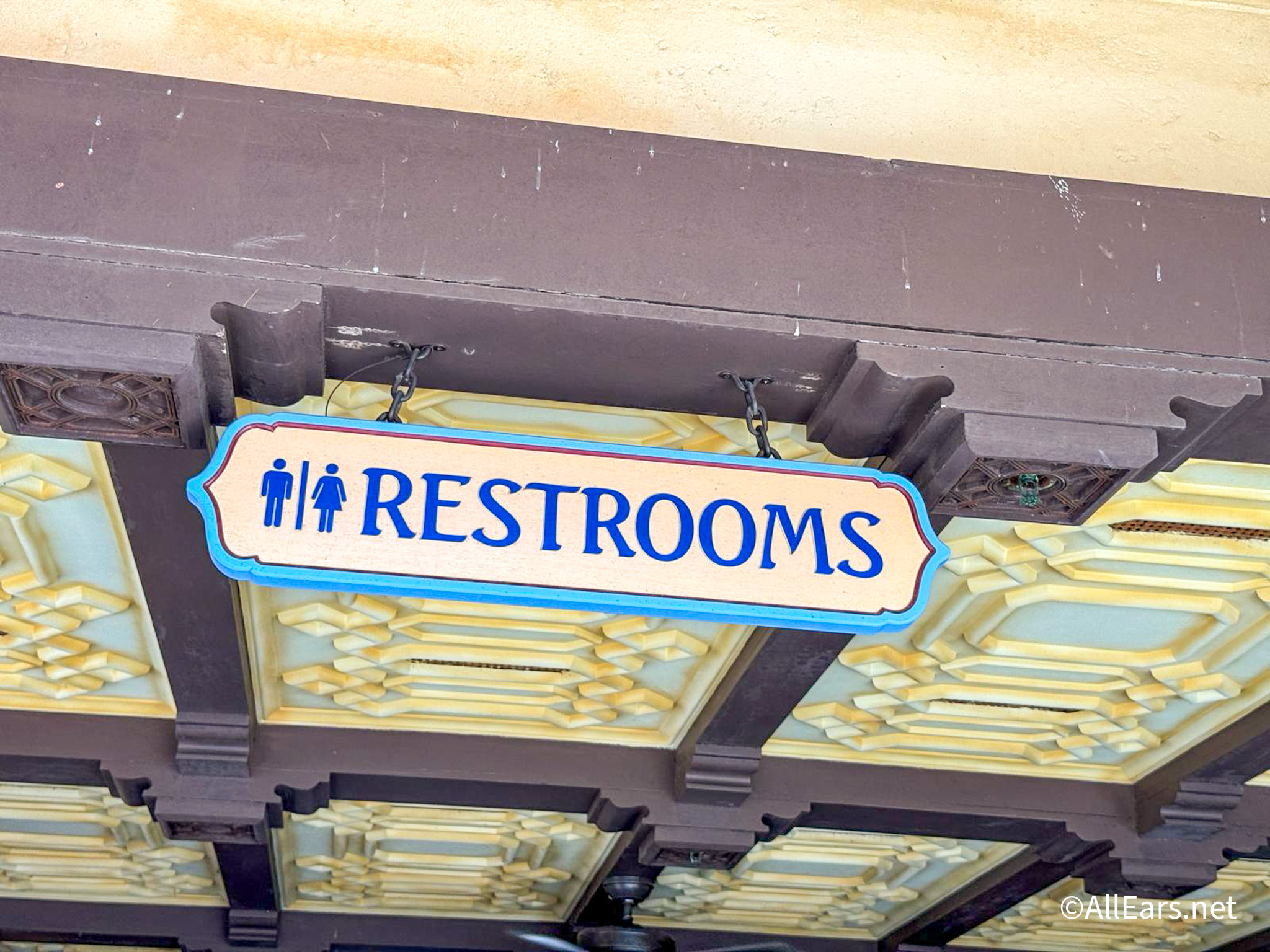
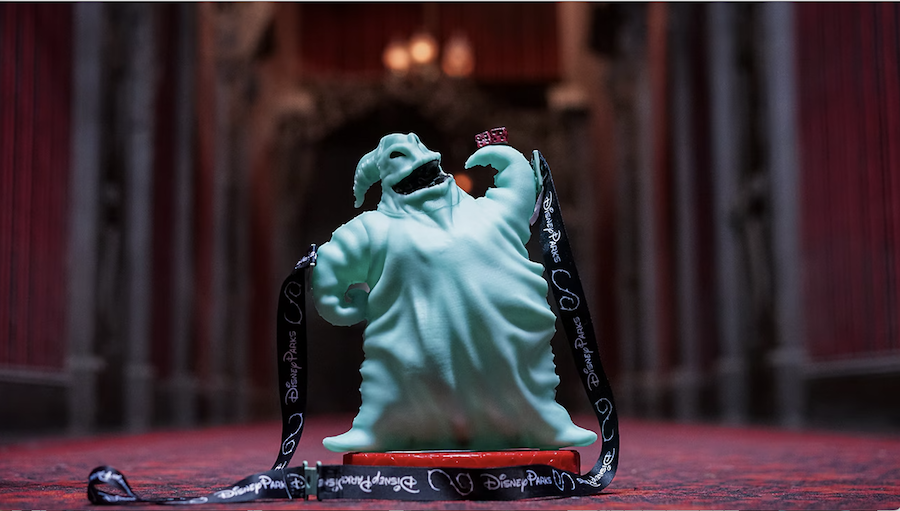
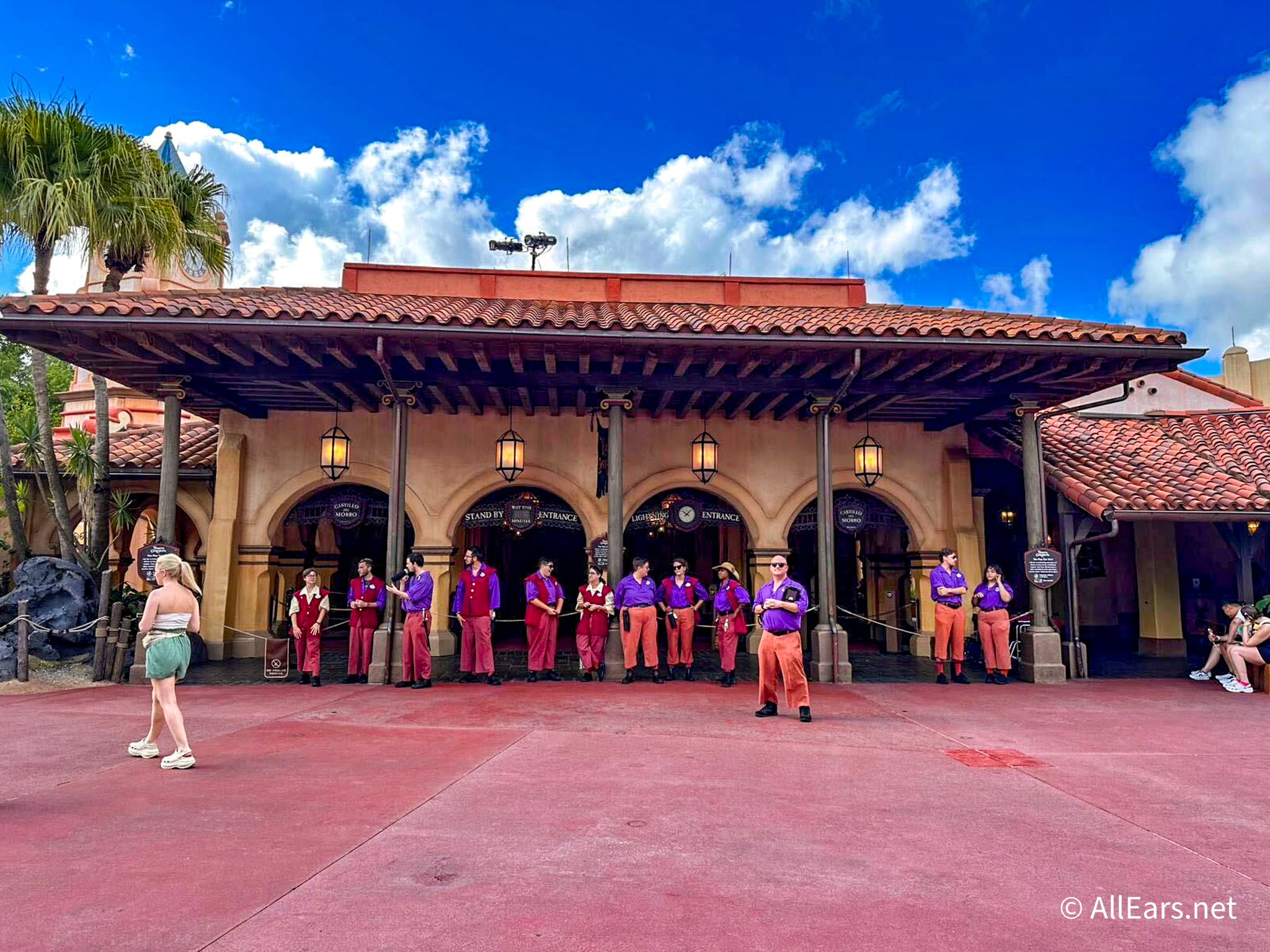
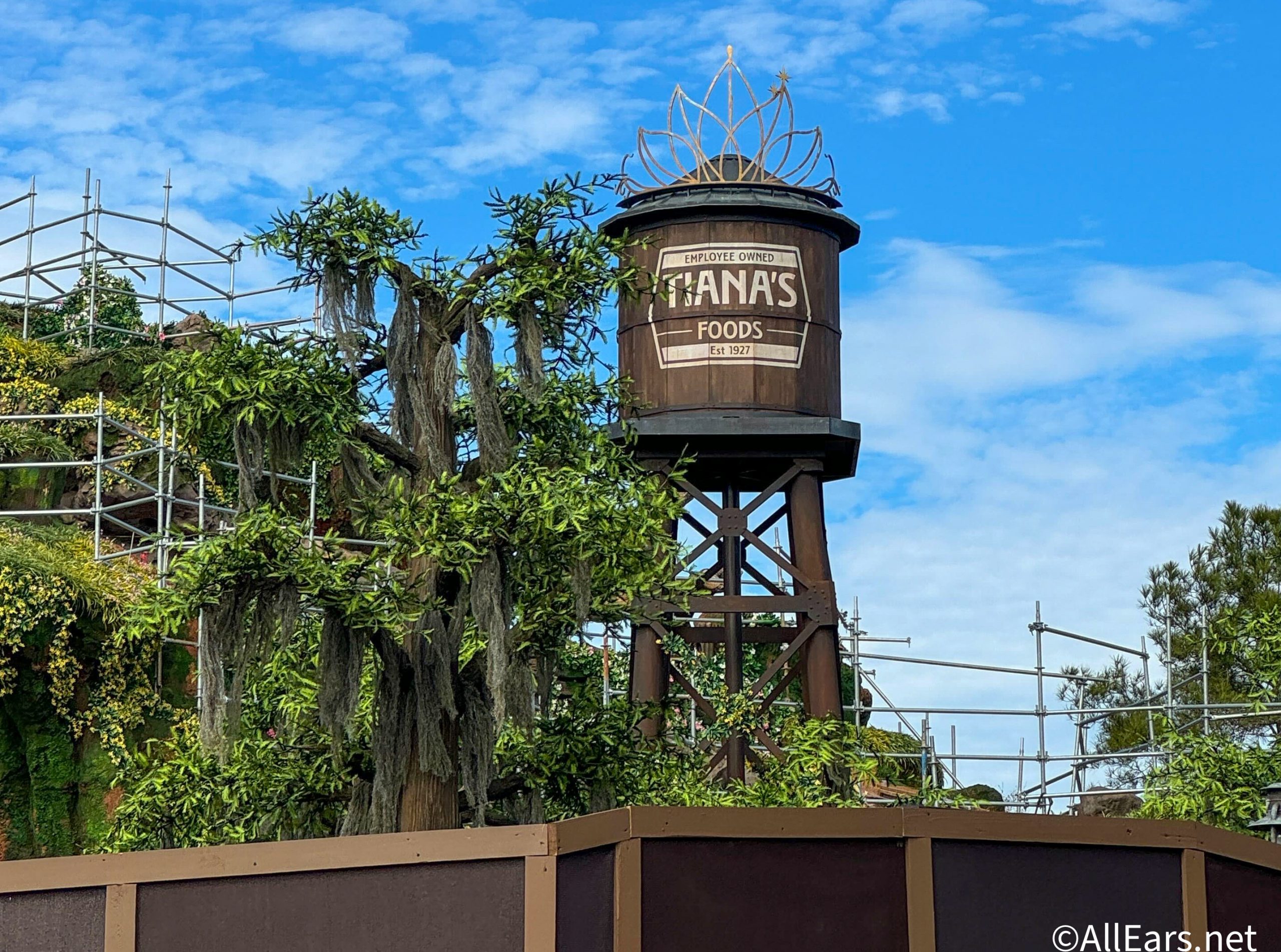
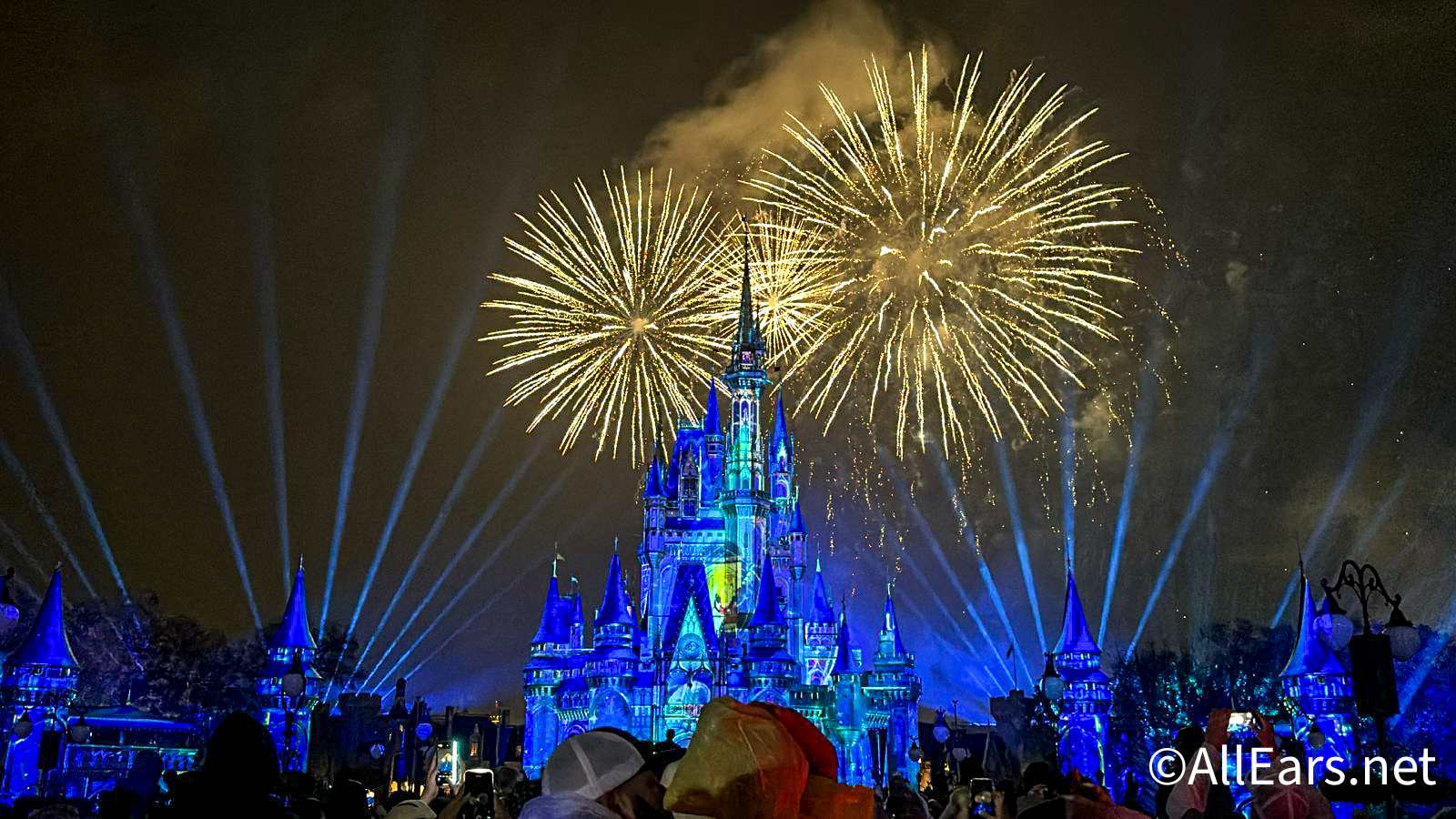
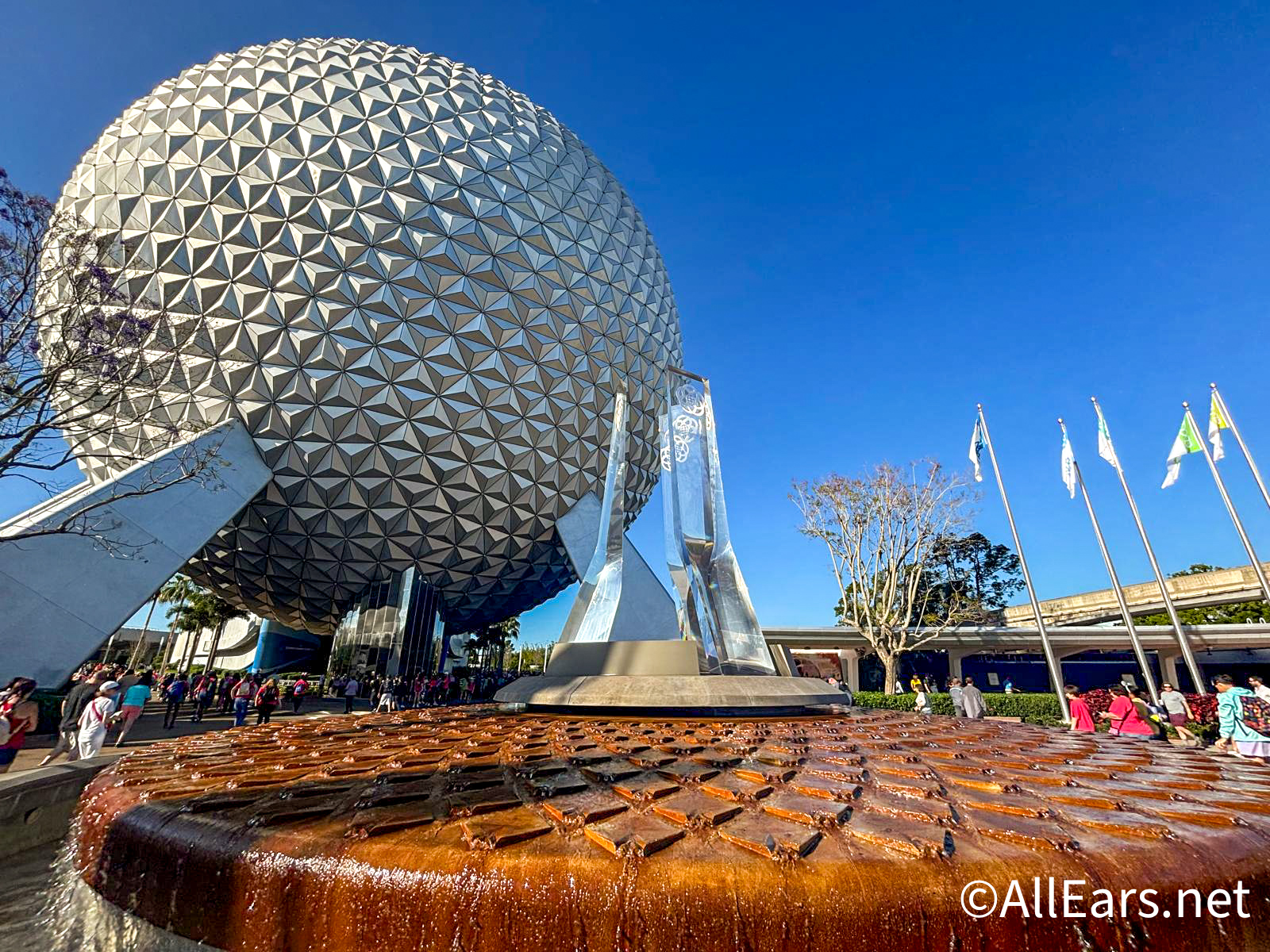


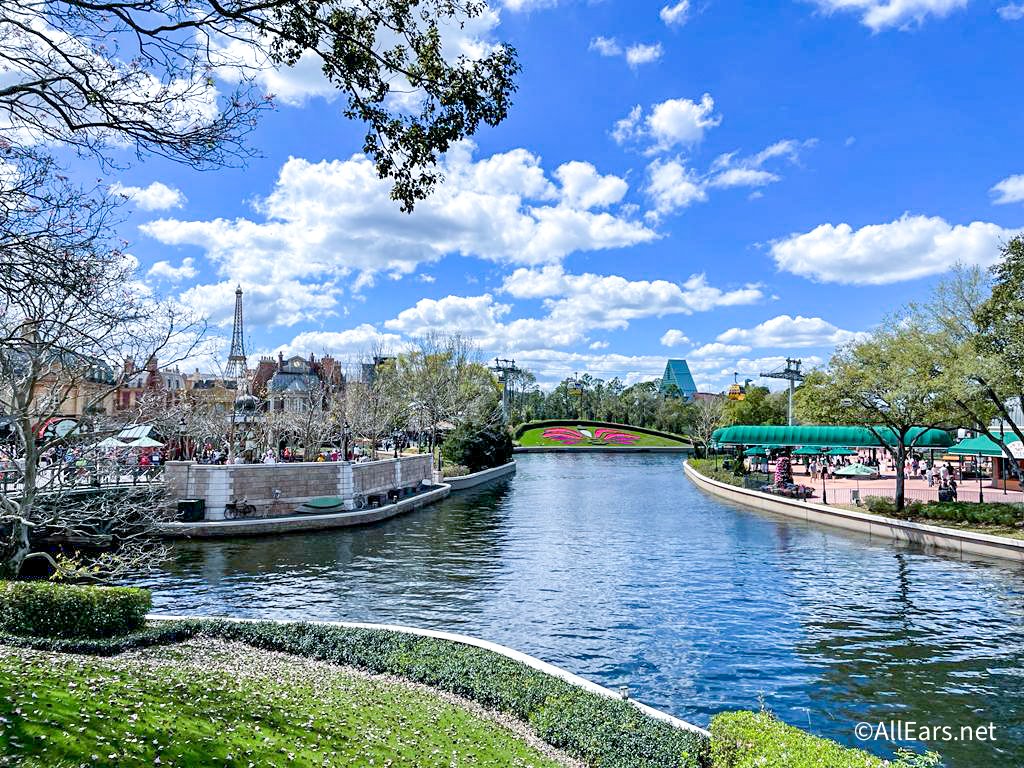
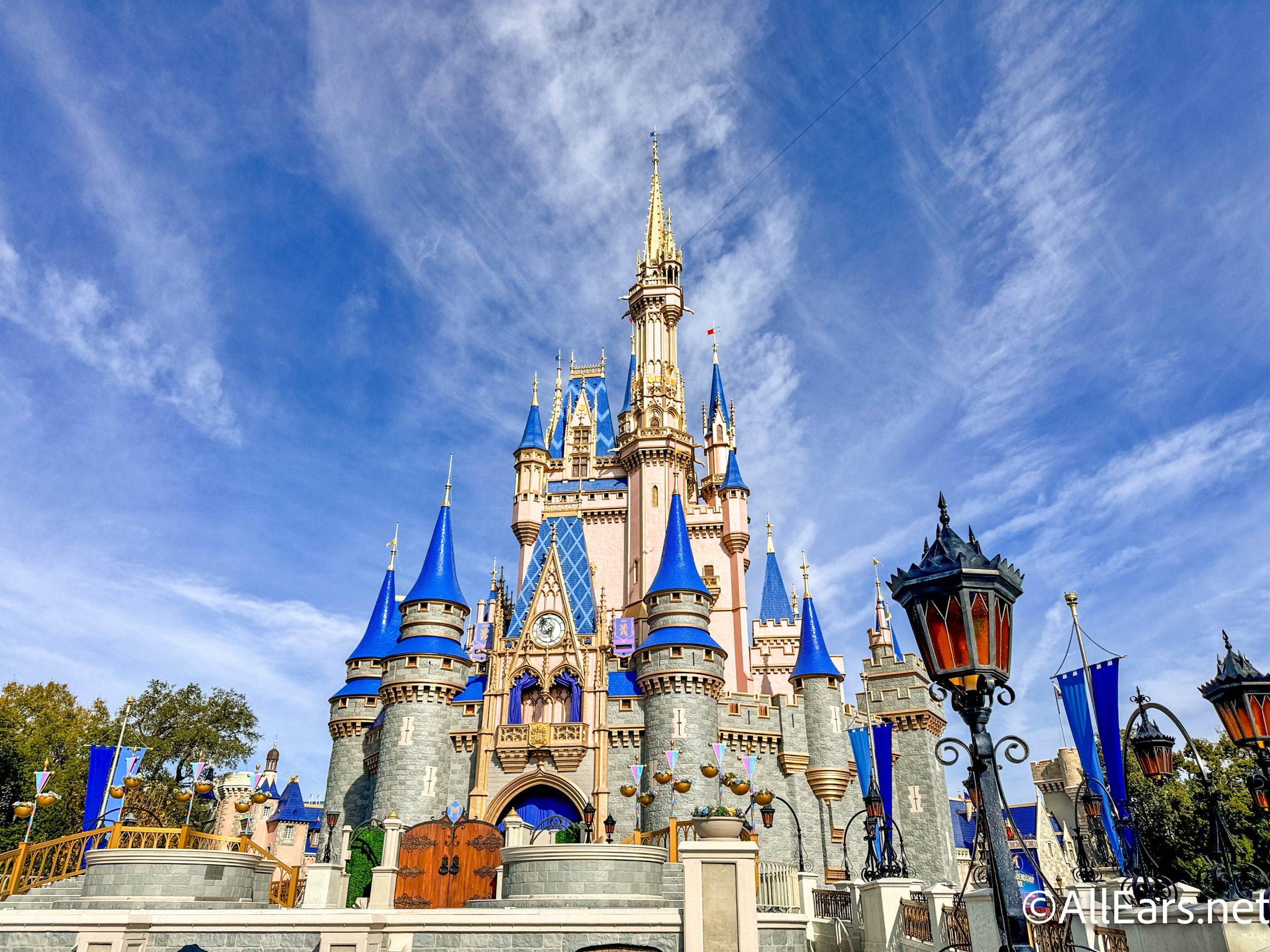
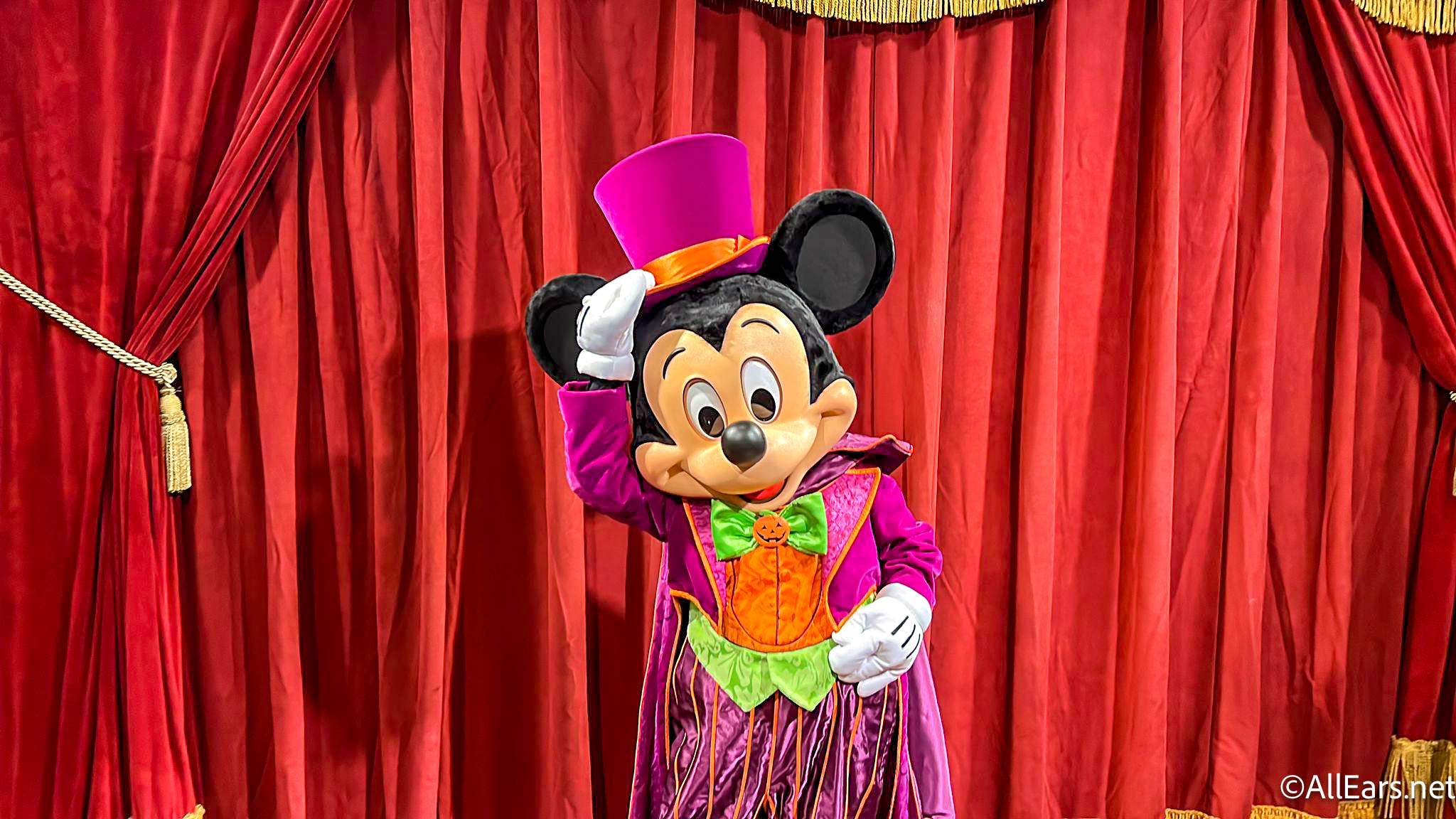
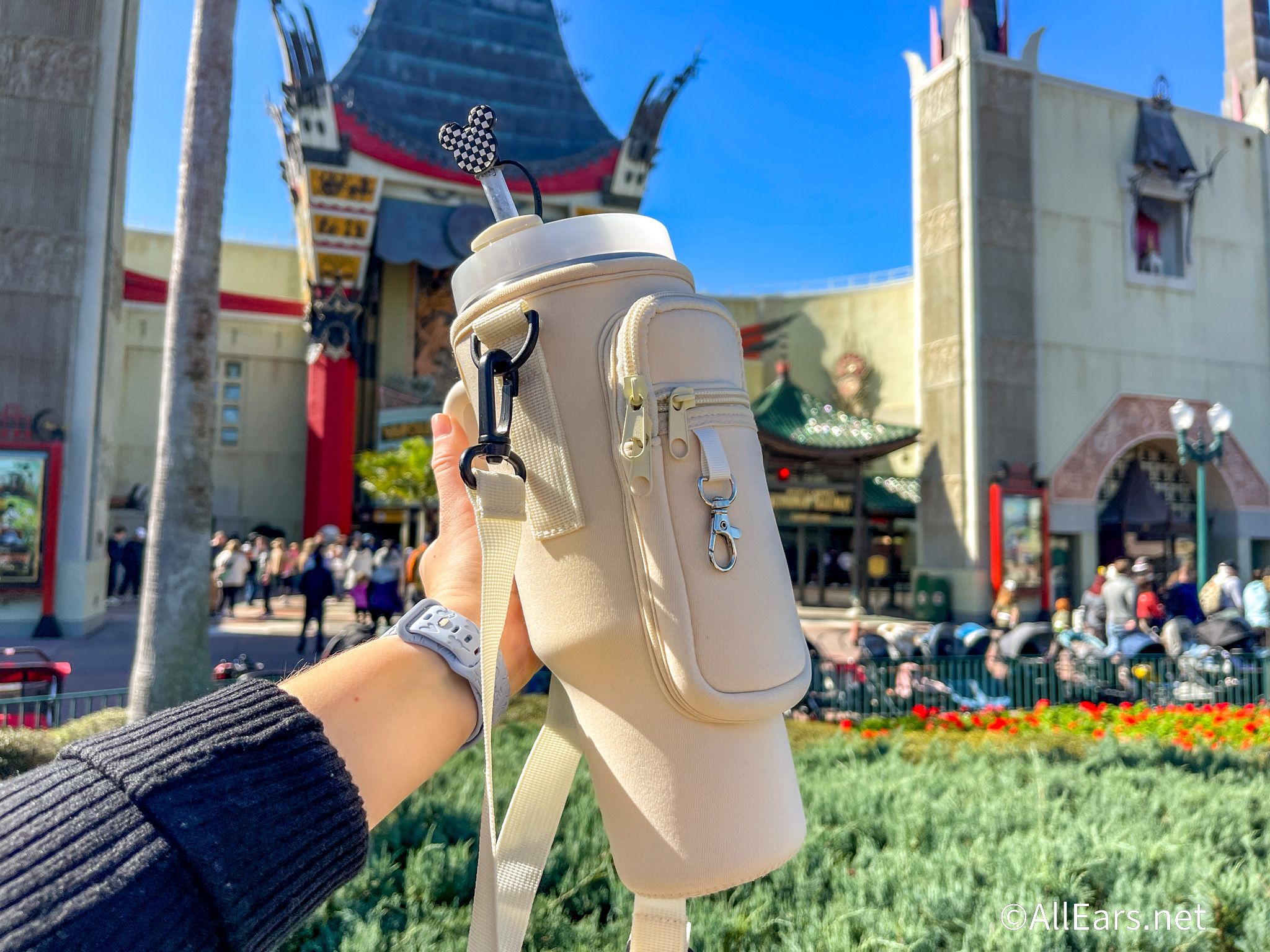


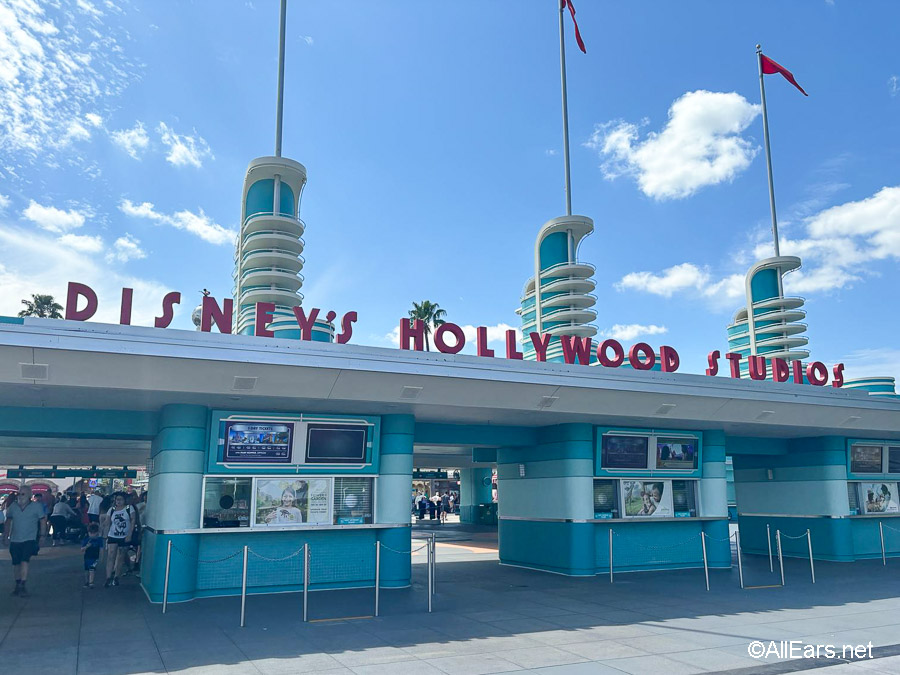
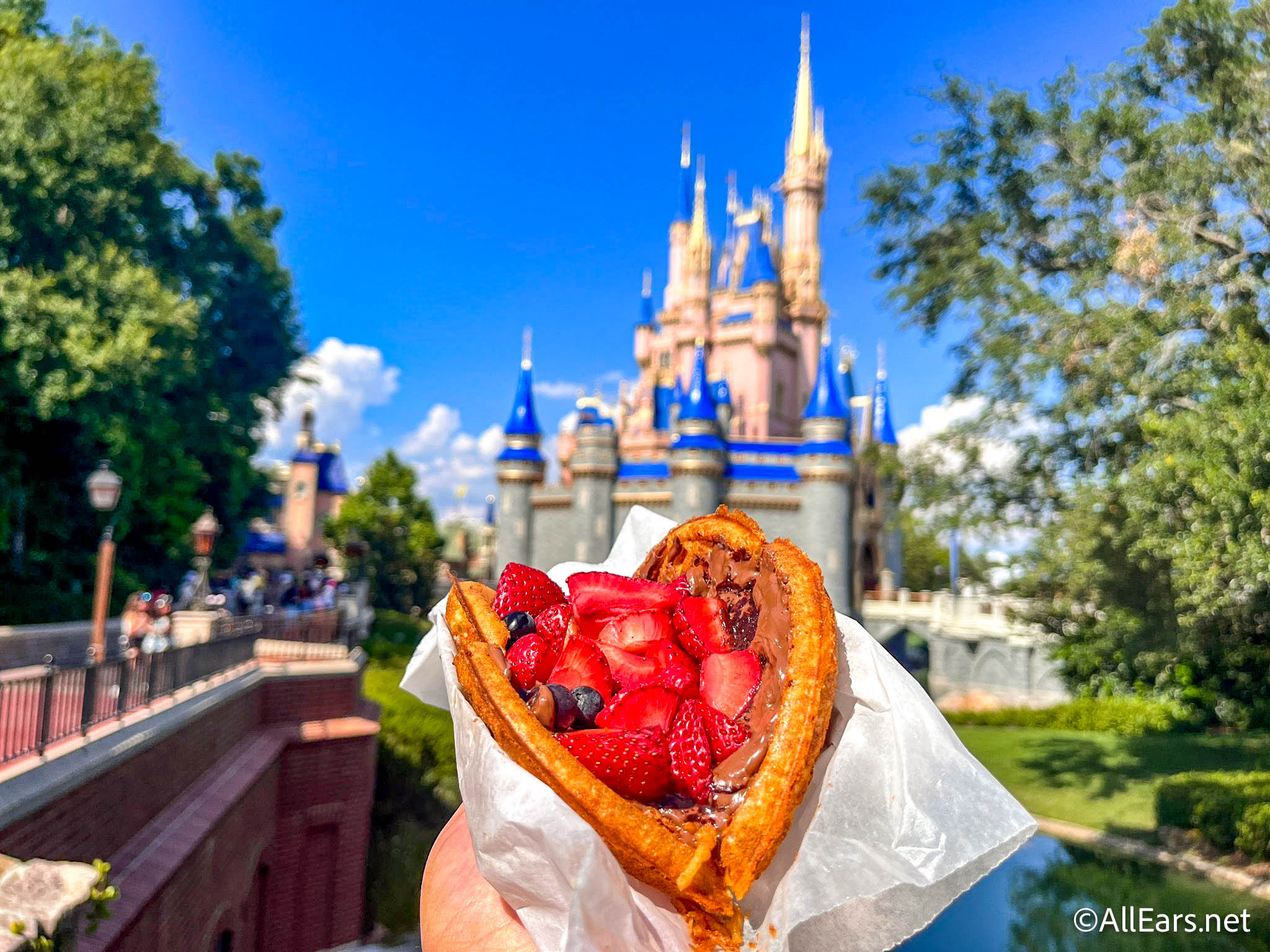
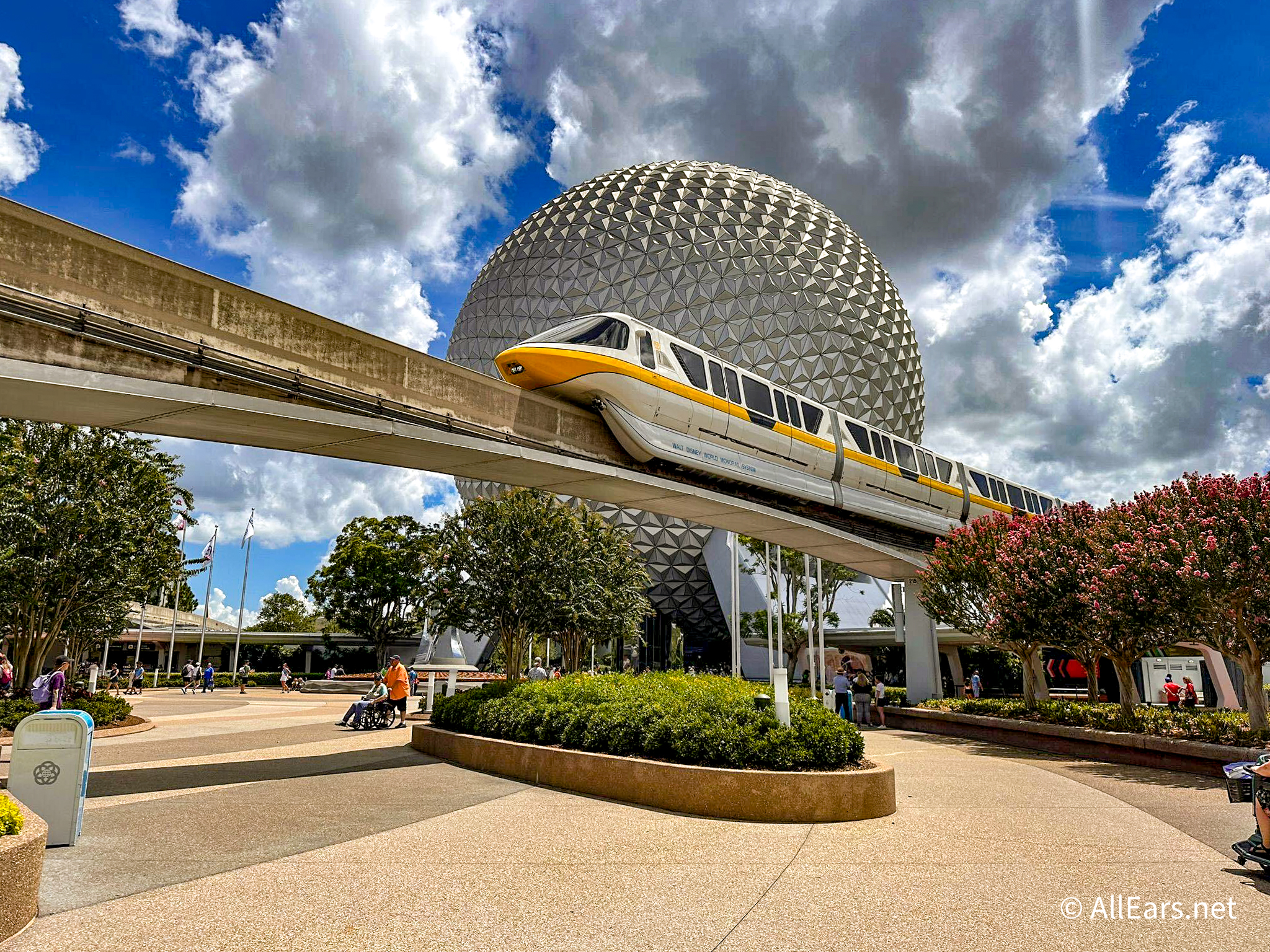
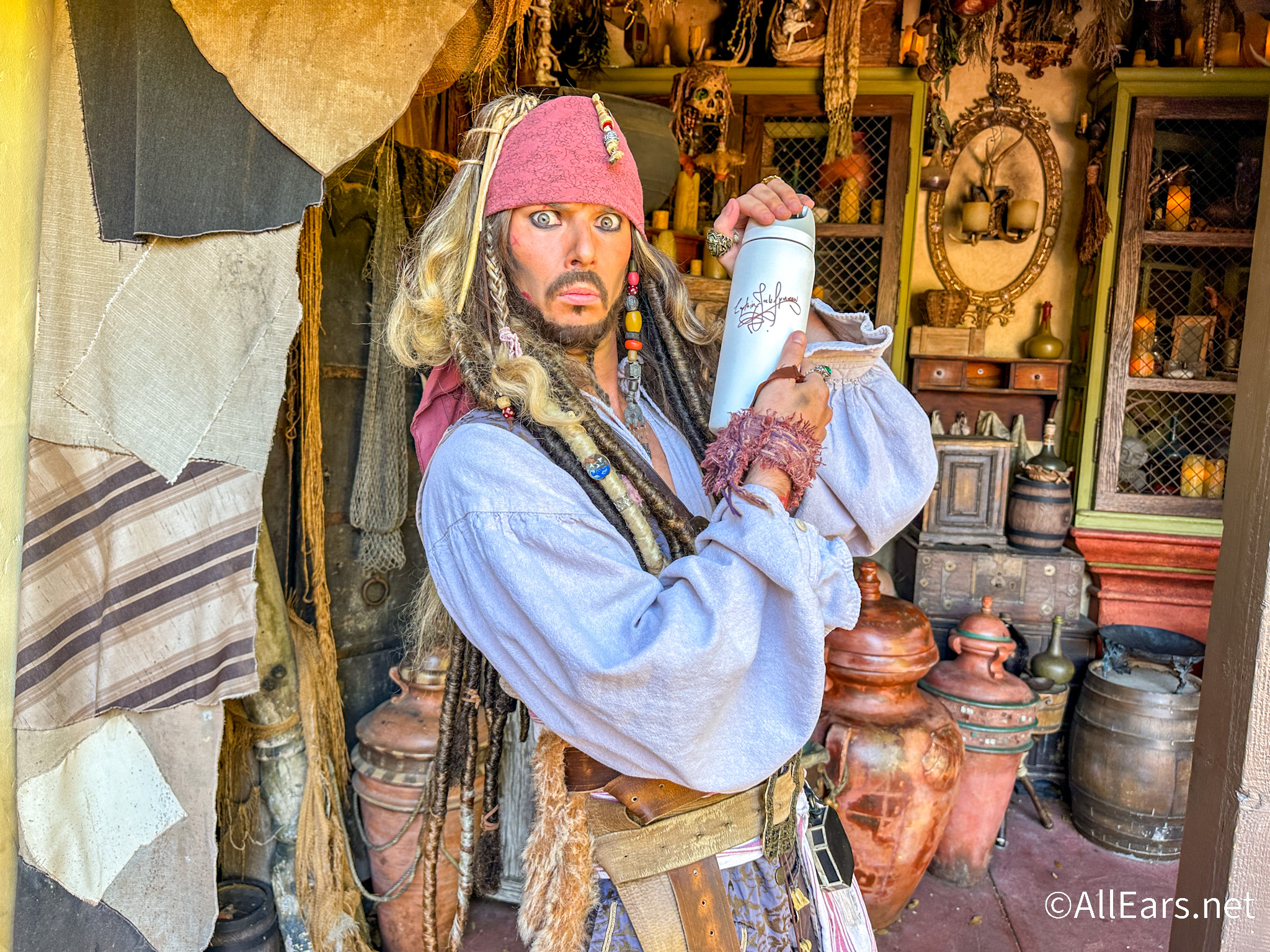

As always, Jack, your articles are informative and fun. Thanks for the wonderfully presented information! The pictures really help round it out.
Jack:
Thank you again for the wonderful article. I love learning the history of a place!
This is an add on from a previous poster. I too worked in the travel industry for a number of years and although we knew that MCO was the airport code due to the former name being McCoy (I did not know it was an Air Force base though) we nicknamed it Mickey & Co.
Thanks,
Sarah
Jack,
Nice writeup! When you visit the parks in July, you’d swear 100% of the visitors were Brazilian 😉 . I also feel it should still be called Mosquito County, I didn’t know about that.
Looking forward to the next two,
Dan
Hey Jack,
Some years ago, I got it into my head to be a travel agent, and while that didn’t work out, I learned a few things along the way. Travel agents have to memorize all the airport codes for all the major cities around the world. Do you know how they remember MCO for Orlando? They remember “Mickey’s Corporate Office.”
Hi Jack,
What a great series…I wish we could just pick up and move south but there’s a small problem of the border 😉
I’m still very interested in the other two articles though just in case my time to move comes some day.
Wendy
Thanks for another great article Jack! It was particularly interesting to me because I DID just move to The City Beautiful.
Great article, Jack! My wife has worked on and off for Disney over the past few years, and though we live in Ohio we’re contemplating moving down there permanently sometime soon. Keep up the good work!
Steve
What a great idea for blog entries.
I can’t wait to read the next installments.
Oh, and nary a typo in sight. 😉
Dan
Fascinating history. I hadn’t realized how many “highs” and “lows” that Orlando has had. It is a very resilient city. Thanks for sharing Jack!
Jack,
Great article! I lived in Orlando from early 1978 until late 1981, and visited MK all the time, and EPCOT a few times after it opened. Orlando sure has changed over the years. We didn’t realize that so many tech companies make their home around Orlando. We are thinking of moving there someday, so looking forward to your next article! We love your articles!!
hey Jack
These blogs coming up are perfect for me as I have been pondering a decision to move to the Orlando area after I finish college. I love Disney World and am hoping to find some sort of job that combines my love of Disney and writing. can’t wait for your next blog and as always keep up the great work.